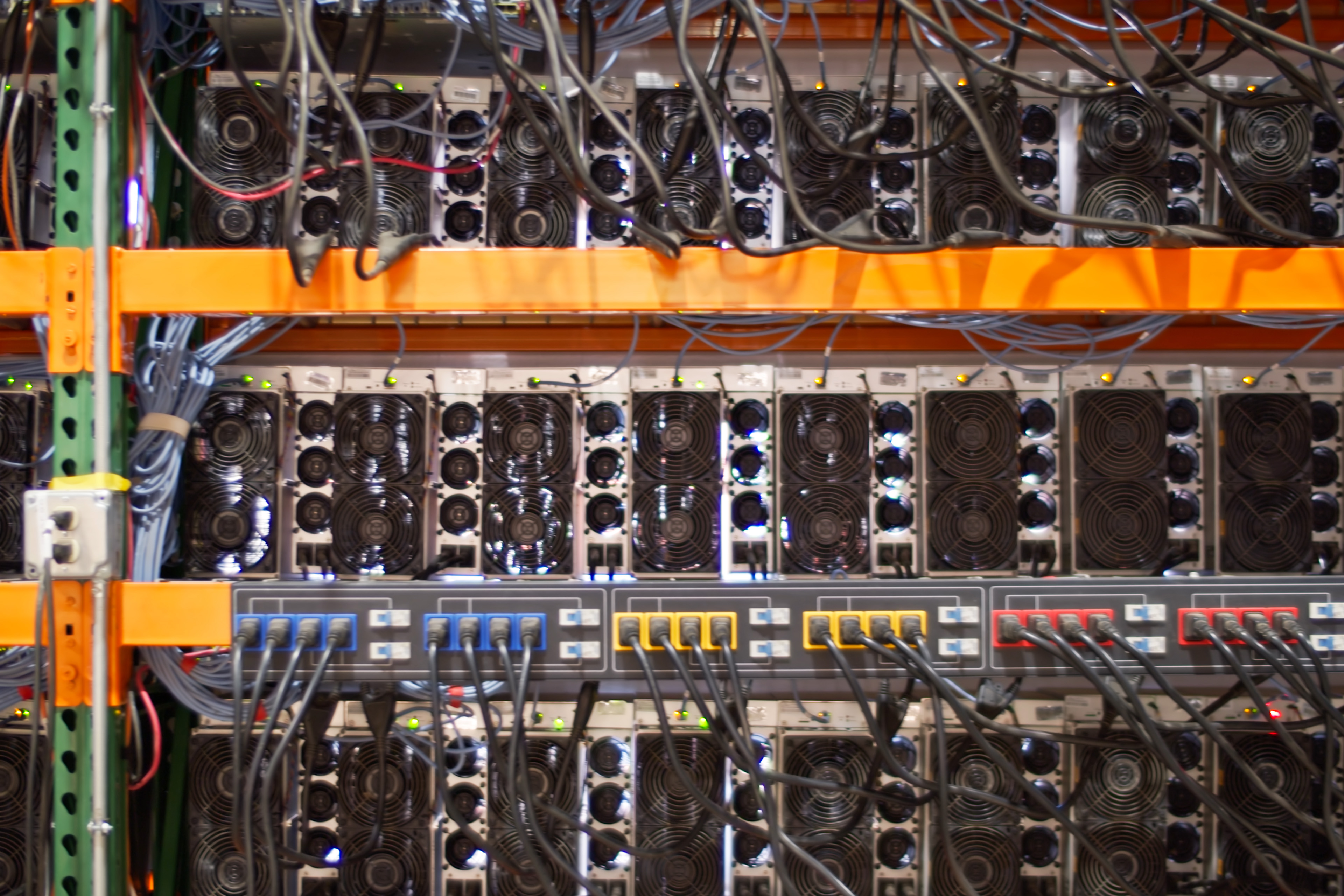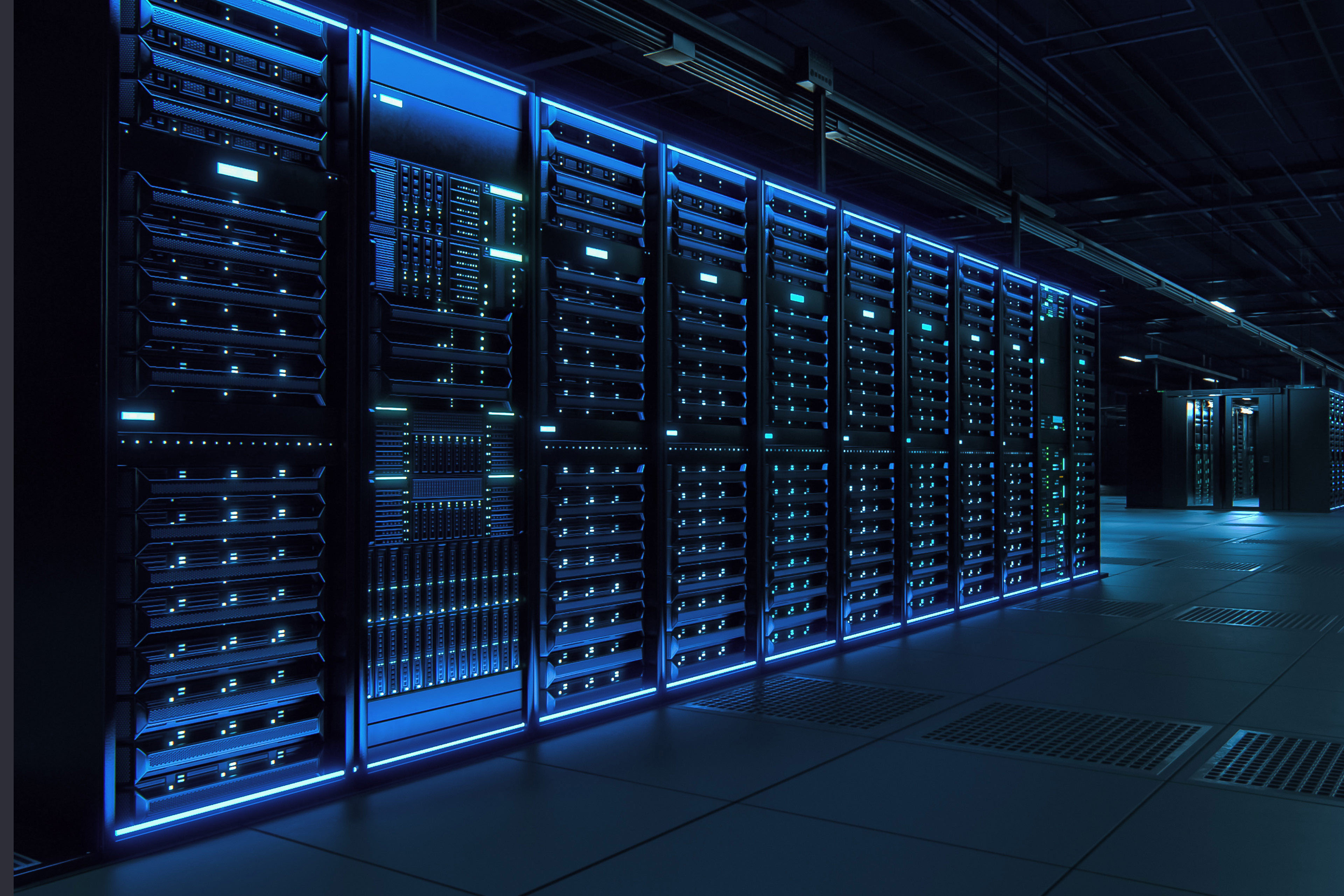The AI market structure has a wide range of potential outcomes
How market power within the AI market evolves is another key variable. With the recent influx of AI capabilities that have very clear monetization potential, such as AI-driven productivity tools, personal assistants, and content generators, we are likely headed into the first cycle of consumer and commercial AI product investment, launch, competition, and consolidation. There are several key questions that could significantly affect the future structure of the data center industry:
- Who will be the main players going forward, and will the players be the same names that are prominent in the public cloud space today?
EY view: We are currently in a period where technical capabilities are similar across market participants. This will likely lead to a competitive cycle where winners and losers emerge. In many cases, simple product/market fit and distribution will be key differentiators. Over time, it is unclear whether proprietary training data, modeling techniques, or performance advantages will emerge among market participants. And, if any of these dynamics materialize, how sustainable will they be?
- Will market participants choose to build on the existing public clouds, will they choose to deploy on their own infrastructure, or will new cloud service providers emerge focused specifically on the AI market?
EY view: Existing public clouds provide significant benefits such as scalability, pre-packaged and integrated AI capabilities and tools, and global reach — but these come at a cost. These costs generally grow directly in line with product usage; in other words, every time a model is run, it requires compute resources that have direct costs. Further, these clouds have historically been designed to prioritize latency and redundancy. It is unclear the degree to which these elements are needed for AI. Without the benefits of operating leverage as demand grows, AI market participants will need to carefully consider the trade-offs of building on the public cloud.
- How will user performance expectations evolve over time, and will users be willing to pay more for different levels of service?
EY view: Today, it is common for the most popular AI services to “run out of capacity,” at which point users are forced to wait hours, sometimes days, for results. For now, where services are free or low-cost, this may be acceptable, but this may not be acceptable for paid services in the future. Ultimately, the marriage of products and end markets will dictate the importance of real time response rate for each AI-driven application. It is not a fait accompli that existing infrastructure is best positioned to serve or even capable of handling future needs.
- How will AI capabilities be regulated and governed?
EY view: Issues around accuracy, bias, copyright infringement, citation, and many other topics are already being raised. In such situations, large, established companies generally have more to lose and less to gain than startups, which could provide an opportunity for competitive disruption. We expect a complicated debate around these issues to play out across the globe both in the courts and in the court of public opinion.









